#fashion women
Text
Carina Zavline
#carina zavline#beautiful#sexy and beautiful#beautiful body#great body#amazing body#curvy body#so hot 🔥🔥🔥#perfect beauty#perfection#pretty#elegance#elegant#beautiful & mesmerizing#fashion model#fashion women#stunning woman#sheer dress
2K notes
·
View notes
Text
So. Do y'all know that thing that women trousers/plants/jeans tend to wear off and tear in crotch area?
I think I may know why.
I got my hands on a textbook for cutting patterns construction (circa 2000, based on 1980's norms) and you'd never guess. Mathematics for pants has waist circumference, hip circumference, hip circumference corrected for belly, waist height, hip height, crotch height, knee height. But it doesn't have thigh circumference. It assumes thigh is generally conical from crotch to knee. Uniformly shaped.
Which is simply not true for large subset of people.
It's only one textbook and I'd need to acquire different ones to check but. I think I'm onto something here.
25 notes
·
View notes
Text

.•°°•🌿🌷🌿•°°•.
35 notes
·
View notes
Photo

#camille charriere#telva#morgane lay#fashion women#french brit#loewe#loewe bag#puzzle bag#outdoor brunch
389 notes
·
View notes
Text
The Decline of Luxury

Luxury fashion has long been synonymous with timeless elegance, superior craftsmanship, and exclusivity. However, in recent years, a growing concern has arisen in the industry regarding the declining quality of luxury brands. Many fashion enthusiasts and critics argue that the pursuit of profit and the fast-paced nature of the fashion industry have led to a compromise in the quality of these prestigious brands.
Bernard Arnault and the Changing Landscape of Luxury
Bernard Arnault, the influential businessman and chairman of LVMH Moët Hennessy Louis Vuitton, has played a pivotal role in reshaping the luxury fashion landscape. He has transformed LVMH into a global powerhouse, with a portfolio of more than 70 iconic brands including Louis Vuitton, Moet & Chandon, and Hennessy.
While his influence has undoubtedly been substantial, it has not always been beneficial for the industry as a whole. For the last two decades, Arnault has been at the forefront of big-name luxury brands, often with the goal of expanding their reach and profitability. However, this expansion has come at a cost.
In the 90s, luxury fashion felt untouchable. The prices were high ( not as high as in today’s age ), but they were justified by the exquisite craftsmanship and exclusivity that these brands offered. Luxury fashion was an aspirational status symbol for those who could afford it, and it wasn’t just about that status, it was about the craftsmanship of the Haute-Couture, the eye to detail in every piece, the piece of garments that was made for you and lasted for generations to come.
Arnault's vision, on the other hand, aimed to make luxury more accessible to a wider audience. We all know what that means– if brands want to appeal to the global audience, then they need to think quickly, craft it quickly, and sell it quickly. This shift in strategy has led to the popularization of luxury goods, but it has also resulted in a saturation of the market and a decline in quality.
The Erosion of Quality
One of the most significant consequences of the luxury fashion industry's rapid expansion and mass-market accessibility has been the erosion of quality. In the pursuit of profit and market share, many luxury brands have cut corners in production, using cheaper materials and less skilled labor. This cost-cutting approach has compromised the quality and craftsmanship that were once the hallmark of luxury fashion.
Luxury brands that were once renowned for their attention to detail and commitment to excellence have fallen victim to the desire for higher profit margins. The result is that products are now more costly and of inferior quality compared to their 80s and 90s counterparts. In an era where consumers are increasingly seeking value and authenticity, this decline in quality raises concerns about the long-term sustainability of luxury brands.
The Impact on Consumers
As luxury fashion brands chase higher revenues and broader customer bases, they risk alienating their loyal, long-standing customers who expect nothing less than the best. This shift in focus from quality to quantity has begun to manifest itself in the mass market as well, where discerning customers are beginning to notice the diminishing quality of luxury goods.
For example, luxury handbags that were once known for their durability and timeless design may now show signs of wear and tear more quickly, ( I am looking at you Louis Vitton ). Garments from renowned fashion houses may lack the same attention to detail in their stitching and finishes ( Versace isn’t the same anymore, I said what we are all thinking ). This decline in quality not only affects the brand's reputation but also creates a sense of disillusionment among consumers who once held these brands in high esteem.
The Future of Luxury Fashion
The decline in quality within the luxury fashion industry is a cause for concern, as it threatens the very essence of what luxury represents. While Bernard Arnault's vision of accessibility and market expansion may have contributed to this issue ( as every Billionaire with a capitalistic dream does ), the industry as a whole must reevaluate its priorities.
To restore the integrity of luxury fashion, brands need to refocus on craftsmanship, quality, and exclusivity. It's essential for luxury brands to strike a balance between making their products more accessible without compromising on the standards that made them iconic in the first place. By delivering on the promise of superior quality, luxury brands can regain the trust of their discerning customer base and ensure the long-term sustainability of their legacy.
I want to see seems well done by a seamstress who still values Haute-Couture, I want brands to value traditional craftmanship and use it in their collection and get inspired by it for decades, I want Designers to not fall into the temptation of money, I want fashion to slow down and know that the detail matters, because you will be remembered by it.
However, is not just the brands that are to blame, is the clients too, clients that don’t dare to question quality any longer or get curious about how their garments and pieces are constructed, there is no sense to the word "quality" any longer because all we wear and accept to wear is polyester or polyamide, a jacket with non-straight seems, or a seem that breaks after a week, heels that break as you walk, bags that get destroyed because you used it.
We need to question Lvmh brands and other Luxury Fashion brands on how are they so expensive and how they make their clothing, just like we question Fast Fashion Brands on how their clothes are so cheap.
#fashion#style#couture#fashion blog#fashion style#gowns#fashion writer#fashion wear#fashion world#fashion women#fashion week#fashion journalism#journal#journaling#writers on tumblr#writerscommunity#writing#writing community#vogue#vogue magazine#editorial#painter#magazine#essay#essay writing#journalism#journalists#fashion journalist#fashion luxury#luxury
42 notes
·
View notes
Text

Fashion week aesthetic
#aesthetic#aestheticfeed#moodboard#cloudcore#clouds#sky#book aesthetic#bookcore#books#flowers#pinkcore#pink aesthetic#pinterest#soft pink#pink moodboard#pink#fashion#paris fashion show#fashion women#fashionwear#fashionwanita#fashionworld#fashion week#cool look#cool girl
14 notes
·
View notes
Text

#Melissa#Beautiful & Mesmerizing#only fans#melissa#melimtx#melimtx98#beauties#beauttiful girls#beauty#belleza#body#body positive#bodypositivity#fashion#girl lover#lips#fashion women#fashion girl#fashion goddess#lifestyle#luxury#luxuries#green dress#dresses#dress#mini dress#sensuality#short dress#dress for women#style
100 notes
·
View notes
Text

Belle journée
10 notes
·
View notes
Photo
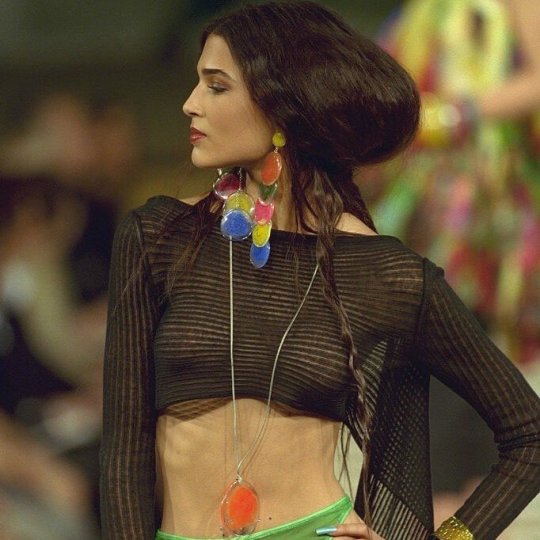


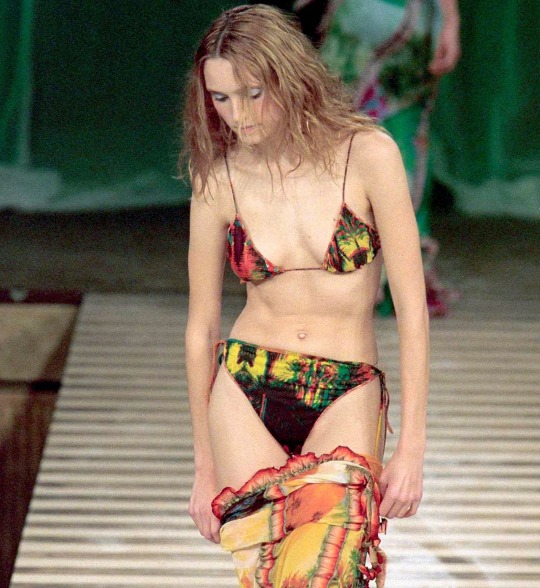

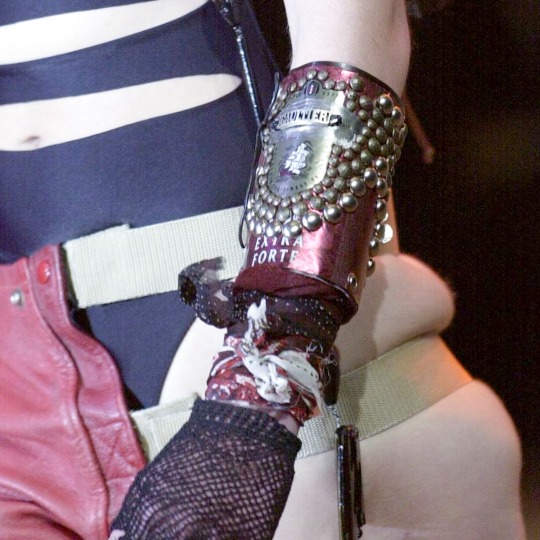
Jean Paul Gaultier Ready to Wear Spring/Summer 2001 fashion show for Paris Fashion Week, 2000
Photographed by Victor Virgile
#jean paul gaultier#2001#2000s aesthetic#2000#2000s#paris fashion week#fashion#fashion women#2000s fashion#00s fashion#y2k fashion#y2k#bikini#00s aesthetic#y2k aesthetic#low rise
96 notes
·
View notes
Text
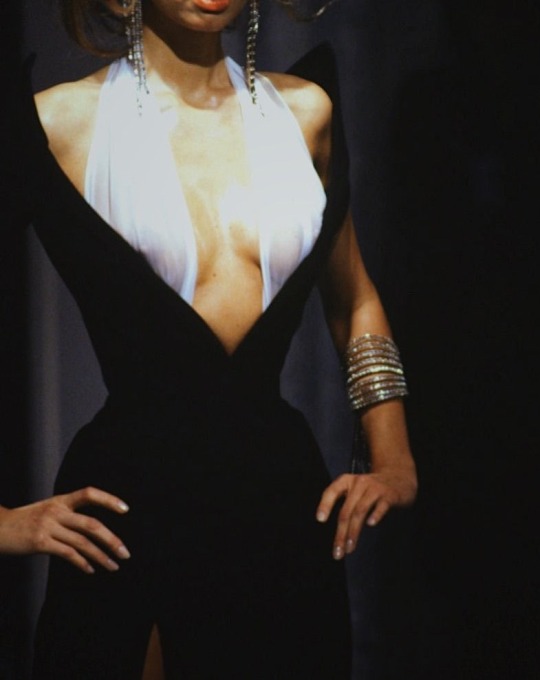
Thierry Mugler - 1998
#fashion#photoshoot#vintage#artists on tumblr#thierry mugler#mugler#fashion walk#fashionwear#fashionworld#fashion women#old money#old fashioned#1998#fashion1998
13 notes
·
View notes
Text
#black tape project#body tape#beautiful#sexy and beautiful#beautiful body#great body#curvy body#amazing body#so hot 🔥🔥🔥#fashion show#fashion women#fashion#runway walk
1K notes
·
View notes
Text
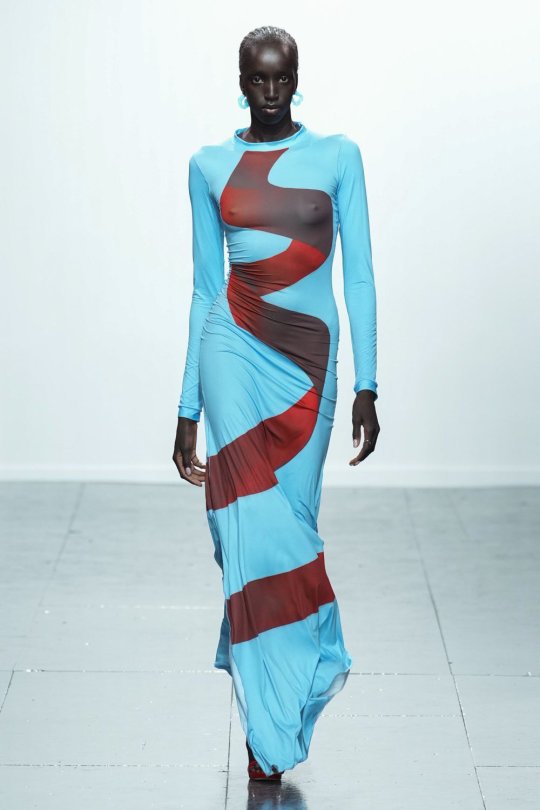
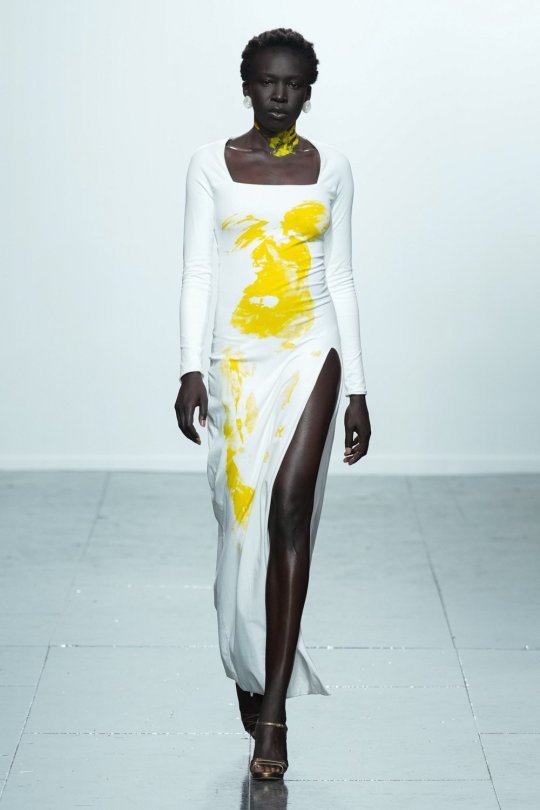

Feben SS24
#fashion#high fashion#luxurious#luxury#black tumblr#fashion model#fashion week#allbeautifulblackwomen#black girl#black woman power#fashion wear#fashion statement#fashion world#fashion women#fashion muse#model fashion#fashion magazine#fashion moodboard#fashion moments#fashion month#runway walk#runway model#runway fashion#runway#feben#ss24#ss2024#fashion catalogue#fashion show#fashion school
37 notes
·
View notes
Text
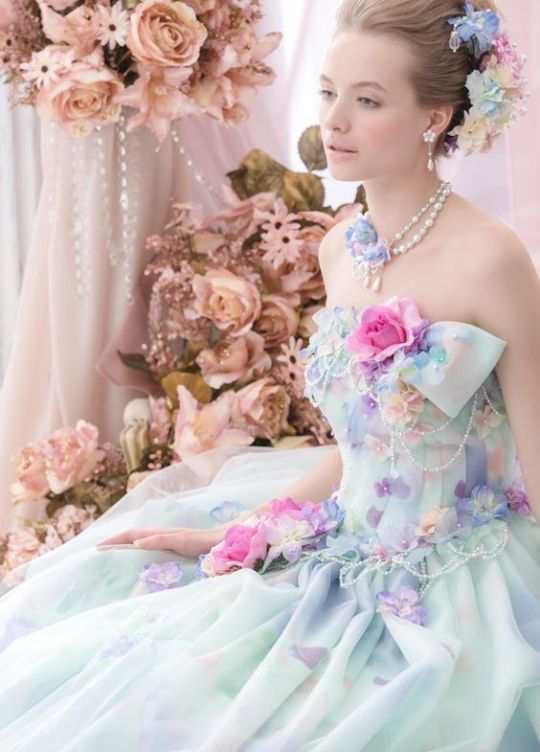
28 notes
·
View notes
Text

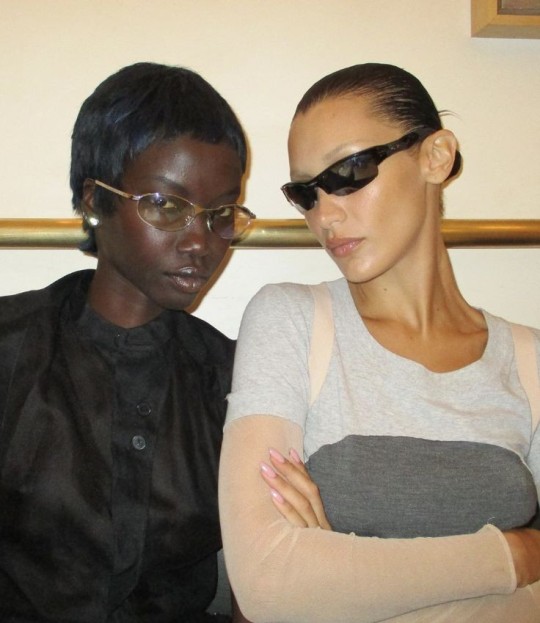

welcome 🪽
#positive mental attitude#self help#inspiration#fashion#styleblogger#self care#iconic#bella hadid#fashion women#fashion world#taylor swift#studyspo#new york#girlblogging#this is a girlblog#this is what makes us girls#lana is god#pink pilates princess#meditation
4 notes
·
View notes
Text
MUSINSA

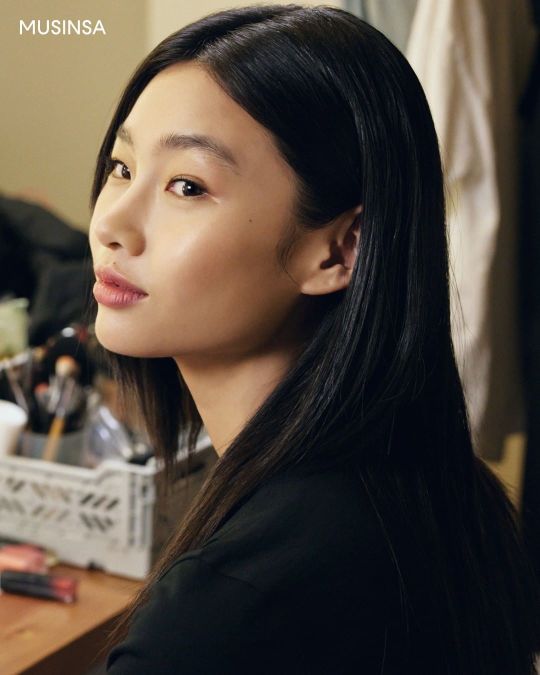

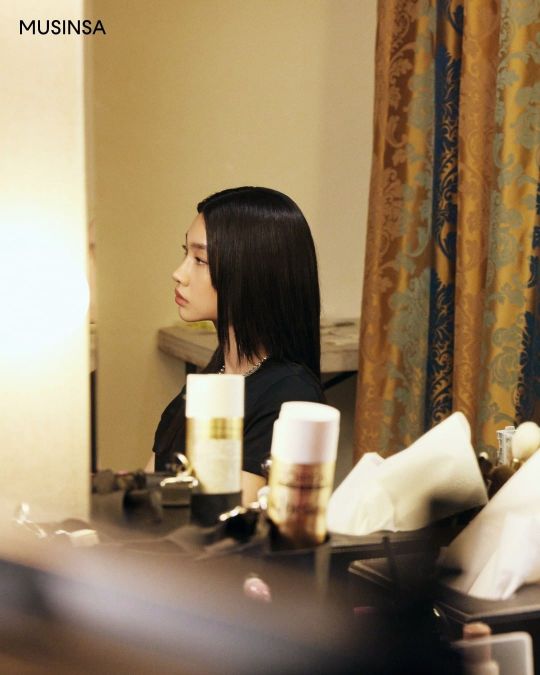

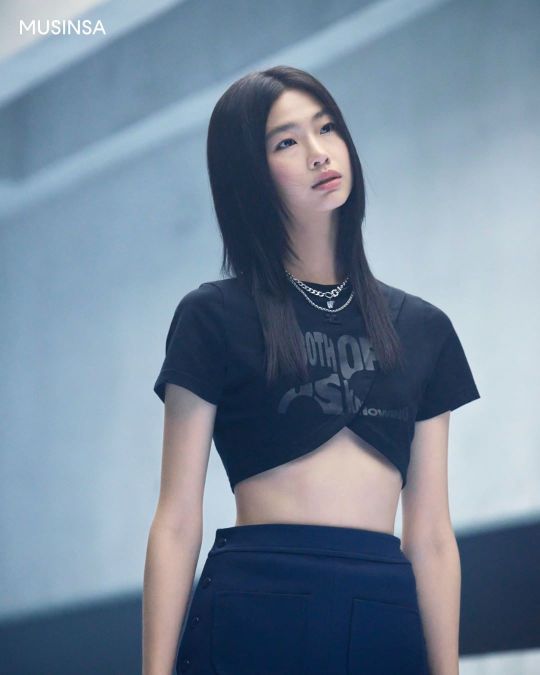



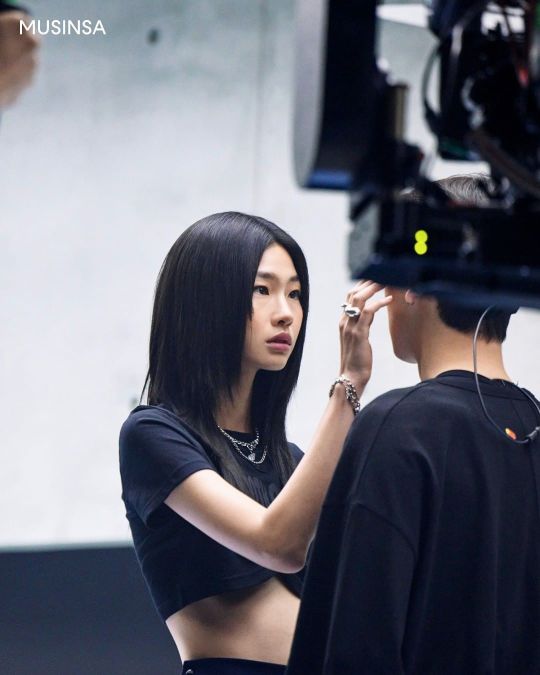
#hoyeon jung#fashion#model#runway#squid game#street style#jung ho yeon#jung hoyeon icons#koreagirl#movies#korea fashion#fast fashion#korean fashion#street fashion#fashion week#fashion women#kang sae byeok#sae byeok x ji yeong#sae byeok x reader#sae byeok#musinsa#international
66 notes
·
View notes
Text

The cropped silhouette is both fashionable and functional, making a statement in winter fashion. women crop hoodie crop hoodie for women winter wear crop hoodie stylish crop hoodie fashionable crop hoodie crop fashionable hoodie winter style crop hoodie women winter collection hoodie crop hoodie crop hoodie for women crop winter hoodie.
#crop hoodie#cropped hoodie#solid crop hoodie#women crop hoodie#crop hoodie for women#hoodie for women#women winter wear crop hoodie#fashion women#winter fashion for women
2 notes
·
View notes